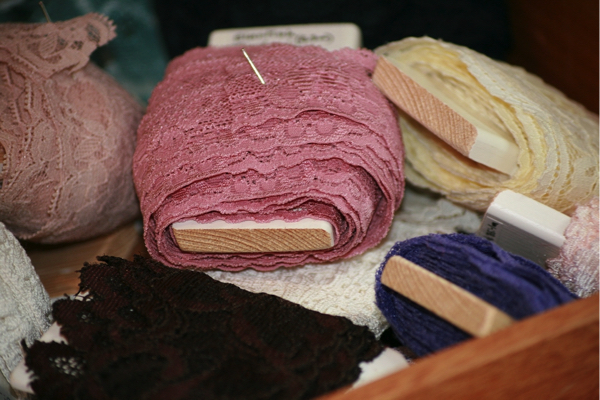Making textiles is an incredibly old artistic expression. Textile workmanship is the method involved with making something utilizing strands acquired from sources like plants, creatures, creepy crawlies, or engineered materials. Textile sections have been discovered tracing all the way back to ancient occasions and there’s a valid justification for this. Consider how chilly winter can be. How might you feel on the off chance that you didn’t have comfortable apparel?
Individuals created textiles to keep warm, to ensure surfaces, and to protect residences. Instances of such materials incorporate woven artworks, floor coverings, quilts, and obviously clothing. Individuals likewise utilized textiles to make protests that flagged status or celebrated significant occasions, similar to banners, military regalia, or stately pennants.
Many societies all throughout the planet have unmistakable techniques for making materials by utilizing materials accessible to them, and some have become renowned throughout the long term like Chinese silks or Turkish carpets. Today, numerous contemporary craftsmen work with strands and materials in especially intriguing ways. How about we check out a couple of strategies for making textile workmanship.
1. Weaving
Weaving is a procedure used to make fabric by joining long strings. This is cultivated by entwining two arrangements of strings into a right point which eventually frames a square of material. There are many sorts of weave structures that can be created like plain, twill, silk, and velvet.
2. Knitting
Knitting is the speciality of making a two-dimensional fabric by interlocking circles of yarn. This should be possible manually or by machine. The two most well-known types of knitting are twist weaving and weft knitting. The most established sewed material was cotton socks that were found in Egypt during the principal Millennium AD. Weaving is quite possibly the most well-known kind of material craft.
3. Crochet
Crochet is a designed fabric made of circling material with a snared needle. The most well-known material used to sew is yarn. The interlocking of the circles is finished by utilizing a sew snare. In reality, “sew” comes from the french word “sew” which signifies “little snare”.
4. Quilting
Quilting and blanket craftsmanship is the method of utilizing two layers of fabric, for the most part with a delicate material put in the middle of the layers and afterwards sewed together. A few blankets are hung as workmanship and some are utilized for more down to earth reasons like keeping warm.
5. Lacemaking
Lacemaking is the craft of making lace, which is a modest fabric that is generally comprised of string and yarn. It is obscure regarding the beginnings of trim making, however, the sixteenth century was the beginning of an increment of the allure of ribbon and accordingly creation developed.
6. Embroidery
Embroidery is the most common way of making plans upon a material like woven texture, paper, cowhide and more by utilizing a needle. This should be possible the hard way or by machine. Here and there different materials are joined like globules and sequins.
7. Canvaswork
Canvas work is a method where counted-string weaving is sewed onto a material or another sort of tough material. The most widely recognized sort of material work is needlepoint. Different sorts incorporate petit point and bargello.
8. Spinning
Spinning is the most common way of consolidating filaments to make string or yarn. The string or yarn is then used to make materials which are then used to make things like apparel. The more famous strategy utilized for this is ring turning. Different techniques incorporate open-end spinnings, break turning and that’s just the beginning.

